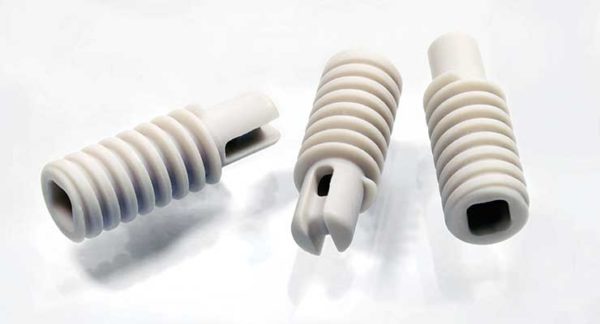Graphene—the two-dimensional allotrope of carbon taking the form of a two-dimensional, atomic scale hexagonal lattice in which one atom forms each vertex—was discovered by University of Manchester scientists in 2004. Or, rather, one should say it was rediscovered, as it had unintentionally been produced in small amounts with pencils or other graphite uses for centuries. The University of Manchester researchers were the first to create and document graphene flakes one atom thick, and because of this, graphene was awarded its 2D status. Two hundred times stronger than steel, immensely light, and an excellent conductor, it is being hailed as the next “wonder material” for biomedical applications. And once manufacturers can discover a method to produce it beyond haphazard flakes, graphene could usher in new classes of orthopedic technologies.
For example, in September 2016, the Rice University lab of materials scientist Pulickel Ajayan, in concert with colleagues in Texas, Brazil, and India, were able to weld flakes of graphene oxide in porous solids using spark plasma sintering. The researchers discovered the 3D graphene material compared favorably with titanium—a standard bone-replacement material—in both mechanical properties and biocompatibility.




Get Social